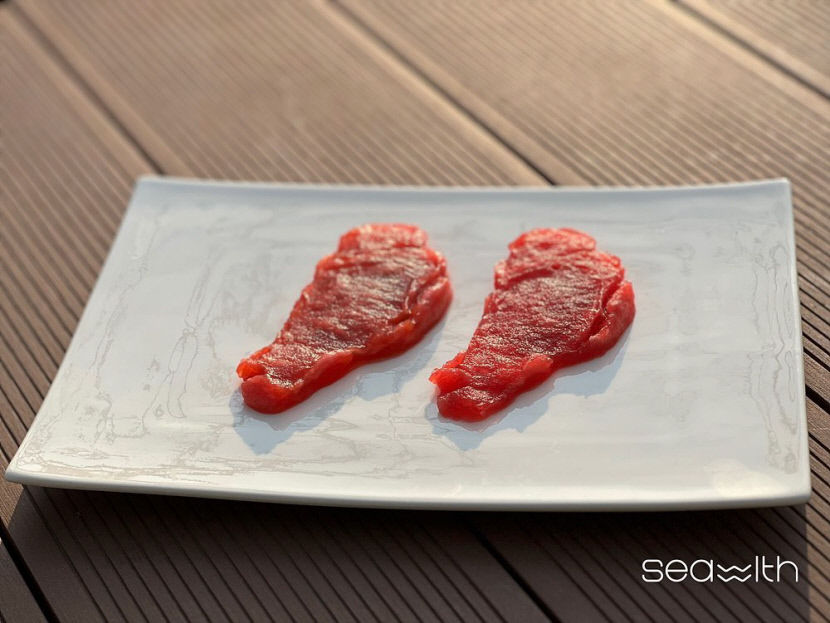

How researchers are uncovering the science behind fibrous plant proteins to enhance meat alternatives
The increasing demand for plant-based meat alternatives has spurred research into replicating the texture and mouthfeel of traditional meat products. A notable study in this field, published in Food Hydrocolloids, was conducted by a team from the Delft University of Technology, including PhD student Ekaterina D. Garina and Associate Professor Wim G. Bouwman, in collaboration with Gregory N. Smith, PhD, a Small-Angle Neutron Scattering (SANS) Instrument Scientist at the ISIS Neutron and Muon Source. Their research focuses on understanding the structural formation of plant proteins during processing to enhance the quality of meat substitutes. This multi-institutional study also featured scientists from Wageningen University & Research and the European Synchrotron Radiation Facility.
High-moisture extrusion (HME) is a common method used to produce plant-based meat alternatives. This process involves mixing plant proteins with water and subjecting them to heat and mechanical shear, resulting in a fibrous structure that mimics meat's texture. However, the precise mechanisms by which plant proteins transform into these fibrous structures during HME are not fully understood.
To investigate these mechanisms, the research team employed advanced analytical techniques such as SANS and Small-Angle X-ray Scattering (SAXS). These methods allow scientists to examine structural changes in proteins at the nanoscale during processing. By abruptly halting the extrusion process at various stages, samples were collected to represent different steps, including mixing and hydration, thermo-mechanical treatment, and cooling. This approach enabled a detailed analysis of the structural evolution of plant proteins throughout the extrusion process.
The study revealed that both proteins and polysaccharides play distinct roles in developing structural anisotropy—the direction-dependent properties—of the final product. Proteins are primarily responsible for forming fibrous structures, while polysaccharides contribute to the matrix's overall stability and texture. Understanding these roles is crucial for optimizing formulations and processing conditions to achieve the desired mouthfeel in plant-based meat alternatives.
The insights gained from SANS and SAXS analyses have practical implications for the food industry. By elucidating the structural formation mechanisms during HME, manufacturers can tailor processing parameters to enhance the texture of plant-based meats. For instance, adjusting the protein-to-polysaccharide ratio or modifying extrusion conditions could lead to products with improved fibrous structures, closely resembling the mouthfeel of traditional meat.
This research underscores the importance of interdisciplinary collaboration in food science. Combining expertise in protein chemistry, material science, and process engineering is essential to develop plant-based meat alternatives that meet consumer expectations. Such collaborations can lead to innovative solutions that address the sensory and nutritional challenges associated with plant-based proteins.
Advancing our understanding of the structural formation of plant proteins during processing is vital for improving the texture and mouthfeel of plant-based meat alternatives. Techniques like SANS and SAXS provide valuable insights into these processes, guiding the development of products that closely mimic the sensory attributes of traditional meat. Continued research and interdisciplinary collaboration will be key to meeting the growing consumer demand for high-quality plant-based meat substitutes.
If you have any questions or would like to get in touch with us, please email info@futureofproteinproduction.com






